Critical Reasoning

What are some common methods used in critical thinking training ?
The text introduces critical thinking training and presents four methods for improving critical thinking skills: the Socratic method, deductive reasoning, inductive reasoning, and reflective thinking. Each method is explained through an example that demonstrates how it can be applied in practice to foster critical thinking abilities.

What is critical thinking training ?
This article provides an in-depth analysis of critical thinking training, explaining what it is and why it's important. It lists several benefits of critical thinking, such as enhanced problem-solving skills, improved decision making, boosted communication abilities, and increased adaptability. The article also offers strategies for developing critical thinking skills, such as asking questions, challenging assumptions, considering multiple perspectives, evaluating evidence, avoiding bias, practicing reflective thinking, learning from mistakes, engaging in dialogue, reading widely, and seeking feedback. Overall, the article emphasizes the importance of critical thinking training for personal and professional development.
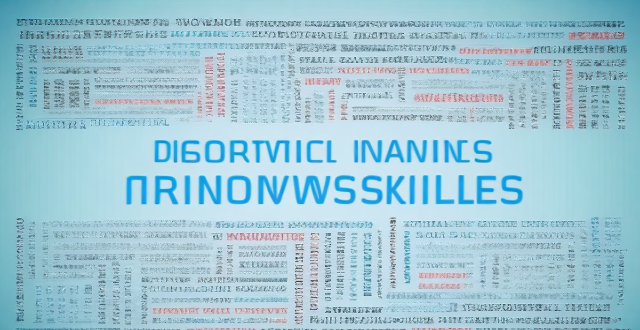
What role does critical thinking play in building a knowledge framework ?
This text discusses the importance of critical thinking skills in building a knowledge framework. It outlines four key aspects of critical thinking: identifying assumptions, evaluating evidence, analyzing arguments, and making informed decisions. By applying these skills, individuals can develop a nuanced understanding of complex issues and make well-reasoned decisions based on sound reasoning and evidence. The article emphasizes the crucial role of critical thinking in personal growth and success in various domains.

How do academic competitions help students develop critical thinking skills ?
Academic competitions play a crucial role in fostering critical thinking skills among students by encouraging problem-solving approaches, stimulating creative and analytical thinking, providing opportunities for collaboration and communication, instilling discipline and dedication, and exposing students to diverse perspectives and ideas. These contests challenge students to apply their knowledge creatively, analyze deeply, collaborate effectively, and communicate clearly, preparing them for real-world problem-solving scenarios.

How can I improve my critical thinking skills ?
Critical thinking is the ability to analyze and evaluate information or arguments in a clear, rational, and objective manner. Here are some tips on how to improve your critical thinking skills: 1. **Question Assumptions**: Challenge your own beliefs, be open-minded, and avoid jumping to conclusions. 2. **Identify Biases**: Recognize personal biases, look for patterns, and seek out diverse perspectives. 3. **Evaluate Evidence**: Assess credibility, consider context, and weigh pros and cons. 4. **Consider Alternative Viewpoints**: Brainstorm possibilities, explore counterarguments, and stay curious. Improving your critical thinking skills takes practice and patience, but it can lead to better decision-making, problem-solving, and communication skills.
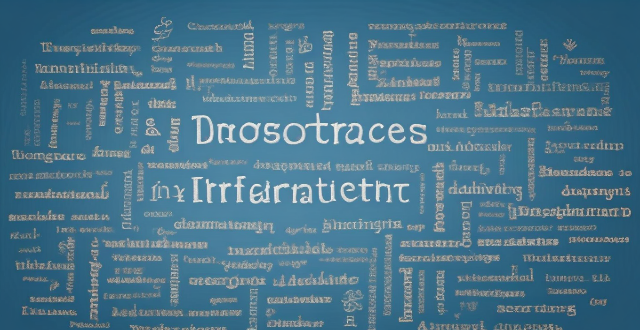
Can critical thinking training be applied to all aspects of life ?
This text discusses the importance of critical thinking and its applications in various aspects of life, including personal, professional, educational, and social settings. It emphasizes that critical thinking is a universally applicable skill that enhances decision-making abilities and promotes effective communication, creativity, and innovation. By incorporating critical thinking training into daily activities, individuals can improve their overall quality of life and contribute more effectively to society.

How can critical thinking training be incorporated into education ?
Incorporating Critical Thinking Training into Education: - Defined as the ability to analyze and evaluate information, critical thinking is crucial for effective decision-making. - Integrating it into education enhances students' learning experiences and readies them for personal and professional growth. - Strategies include curriculum design that integrates critical thinking across subjects and uses real-world applications; teaching methods such as the Socratic Method and inquiry-based learning; assessments that measure these skills; and professional development for educators. - By prioritizing critical thinking in education, students become better equipped for academic success and future careers, developing into engaged, curious, and adaptable learners.
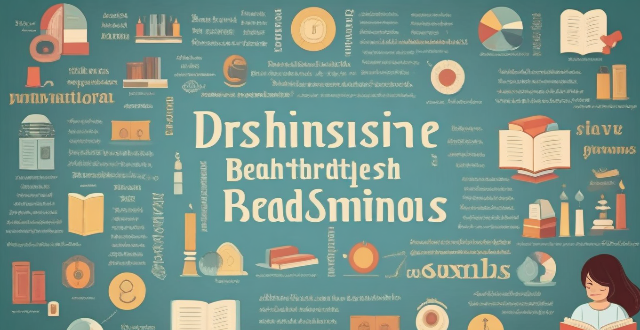
How does reading comprehension relate to critical thinking skills ?
The text discusses the relationship between reading comprehension and critical thinking skills, stating that they are closely intertwined. It explains that good reading comprehension skills enable individuals to understand and interpret written text, which in turn supports critical thinking by enhancing vocabulary, promoting inference and interpretation, encouraging evaluative thinking, and fostering open-mindedness. The text concludes that improving reading comprehension abilities strengthens critical thinking skills, enabling individuals to navigate complex challenges with greater insight and effectiveness.

How can parents encourage creativity and critical thinking in their homeschooled children ?
To encourage creativity and critical thinking in homeschooled children, parents should create a stimulating learning environment by encouraging open-ended questions and providing varied resources. Engaging in creative activities like art and music can enhance visual-spatial skills and emotional expression. Promoting critical thinking through problem-solving tasks and family discussions can develop analytical skills. Fostering independent learning through project-based and inquiry-based learning encourages self-directed learning. Parents should also encourage questioning and curiosity, integrating technology into learning, promoting reading, and encouraging risk-taking and accepting failure to prepare their children for future challenges and successes.

How long does it take to see results from critical thinking training ?
The time it takes to see results from critical thinking training depends on factors such as individual differences, quality of training, frequency and intensity of practice, and feedback mechanisms. Short-term outcomes can be seen within 1-3 months, mid-term outcomes within 3-6 months, and long-term outcomes after 6 months or more. Consistent effort and practice are key to achieving lasting improvements in critical thinking abilities.

Why is critical thinking training important ?
In today's complex world, critical thinking training is essential for effective problem-solving, communication, objectivity, creativity, and future preparedness. It enhances decision-making, collaboration, fairness, open-mindedness, and adaptability to changes. Investing in this training leads to success and positive impacts in various domains.

What are the benefits of critical thinking training ?
Critical thinking training offers numerous benefits, including improved decision-making skills, enhanced problem-solving abilities, increased self-awareness, improved communication skills, and boosted creativity. By learning how to analyze information and evaluate evidence in a clear, rational, and objective manner, individuals can make more informed decisions, find creative solutions to difficult challenges, build stronger relationships, and generate new ideas. Overall, critical thinking training can help individuals succeed in both personal and professional settings and reach their full potential.
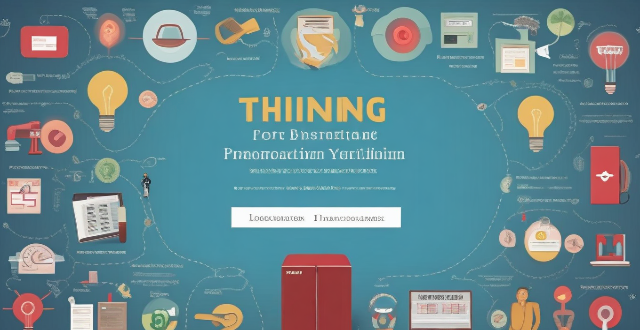
How does critical thinking training help in problem-solving ?
Critical thinking is essential for effective problem-solving. Training in critical thinking can improve problem identification, decision making, communication skills, creativity and innovation, and reduce bias and prejudice. By incorporating critical thinking training into your personal or professional development plan, you can become a more effective problem-solver and make a positive impact in your life and the lives of others.
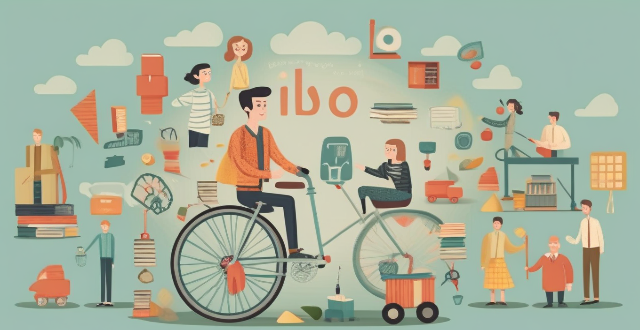
Is there a link between improved comprehension and critical thinking abilities ?
The link between improved comprehension and critical thinking abilities is explored, with a focus on how these skills are interconnected and work together to enhance cognitive abilities. The article suggests that improving one skill can lead to improvements in the other, creating a virtuous cycle of cognitive development. Techniques for improving both skills are also discussed, including reading widely, engaging in debates, and practicing active listening.

How can we prevent communication interference during critical missions ?
To prevent communication interference during critical missions, organizations should use reliable communication systems, minimize environmental factors, train personnel adequately, test equipment beforehand, and use clear and concise language. These strategies can help ensure successful completion of missions by minimizing the risk of communication disruptions.

Are the items in a sample sale returnable or exchangeable ?
Sample sales can have various return and exchange policies. Some items are final sale, while others may have limited return periods or require the item to be in original condition for returns. Some retailers offer only store credit instead of refunds, and others allow exchanges but no refunds. It's important to know the specific policies before purchasing to avoid disappointment later on.
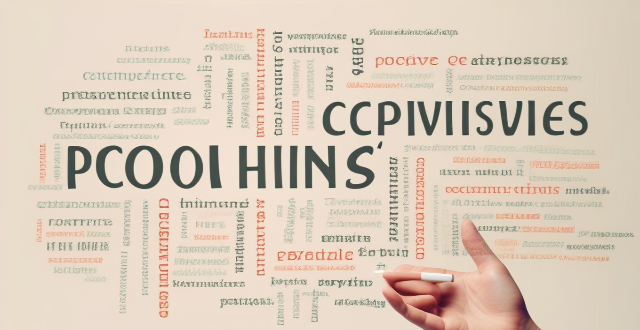
How can I develop critical thinking skills while learning about history ?
This text provides a comprehensive guide on how to develop critical thinking skills while learning about history. It starts by emphasizing the importance of understanding the basics and questioning everything. The author then suggests analyzing sources, connecting the dots, debating and discussing, reflecting and reevaluating, applying historical knowledge, practicing writing, and staying curious. By following these steps, readers can enhance their ability to think critically about various subjects and gain a deeper understanding of history.

Can you explain the Hazard Analysis and Critical Control Points (HACCP) system ?
本文介绍了危害分析和关键控制点(HACCP)系统,这是一种系统的食品安全管理方法,涉及生产过程中危害的识别、评估和控制。文章讨论了HACCP系统的关键方面,包括其七个原则:进行危害分析、识别关键控制点(CCPs)、为每个CCP建立临界限制、监控CCPs、建立纠正措施、验证HACCP系统的有效运行以及保持记录和文档。实施HACCP有助于预防食源性疾病,提高产品质量,减少浪费并增强客户满意度。通过遵循HACCP原则,公司可以展示其对食品安全的承诺并遵守监管要求。
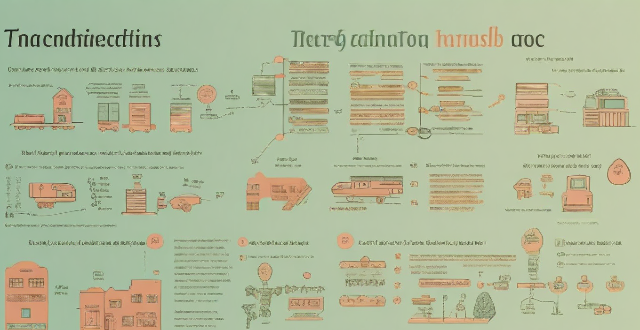
How do project-based learning and problem-solving activities fit into innovative teaching methodologies ?
Innovative teaching methodologies emphasize project-based learning (PBL) and problem-solving activities to engage students, foster critical thinking, and develop practical skills. PBL involves students in complex, meaningful projects that connect classroom learning with real-world scenarios, promoting deeper understanding, skill development, and motivation. Problem-solving activities challenge students to identify issues and find effective solutions, enhancing their critical thinking, decision-making, and resilience. Integrating PBL and problem-solving into innovative teaching involves identifying key concepts, designing relevant projects, incorporating problem-solving elements, providing resources, facilitating collaboration, scaffolding instruction, reflecting and evaluating, and assessing holistic performance. This approach creates a dynamic learning environment that prepares students for future challenges and fosters a love of lifelong learning.
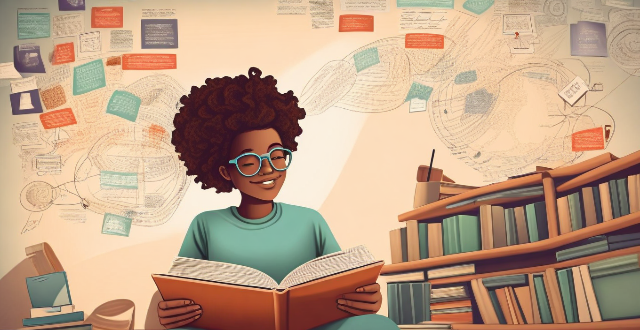
What role does vocabulary play in reading comprehension ?
The article discusses the crucial role of vocabulary in reading comprehension. It highlights how a robust vocabulary enhances understanding, improves fluency, promotes critical thinking, and increases empathy. The article also provides tips for improving vocabulary, such as reading widely, using flashcards or apps, looking up unfamiliar words, and practicing using new words. By following these tips, readers can expand their vocabulary and become more effective in comprehending texts.

What are the key qualities that judges look for in academic competition participants ?
Judges in academic competitions evaluate participants based on various key qualities, including their depth of understanding and accuracy in the subject matter, critical thinking, communication skills, teamwork, adaptability, enthusiasm, ethical conduct, time management, research skills, and stress management. Participants who demonstrate these qualities are likely to perform well and impress judges.
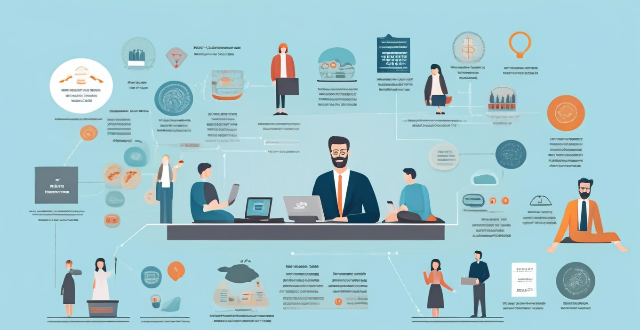
What skills will be most valuable in the future job market ?
The future job market is rapidly evolving, driven byThe future job market is rapidly evolving, driven byization, and changing socie driven by technological advancements, globalization, and changing societal needs. As we look ahead, certain skills will become increasingly valuable to both individuals and organizations alike. Here are some of the most important skills that are likely to be in high demand in the coming years: critical thinking and problem-solving, digital literacy, adaptability and learning agility, communication and collaboration, leadership and management, ethical awareness and social responsibility. By focusing on developing these key areas, individuals can position themselves for success in the ever-evolving landscape of work.
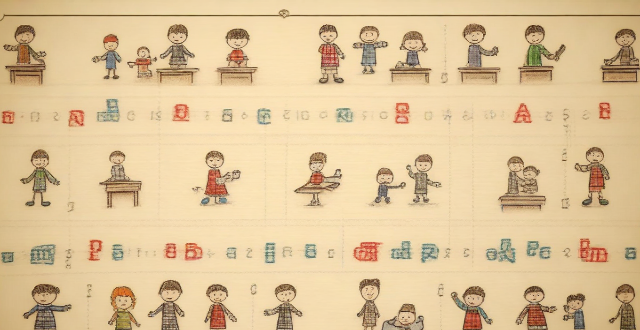
What kind of indoor games can parents play with their children to strengthen their bond ?
The article provides a list of indoor games that can help strengthen the bond between parents and children. The games include board games like Monopoly and Chess, card games such as Uno and Go Fish, puzzles and brain teasers like Sudoku and crossword puzzles, arts and crafts activities, indoor treasure hunts, and cooking/baking projects. These games not only provide entertainment but also offer opportunities for learning and quality time spent together.
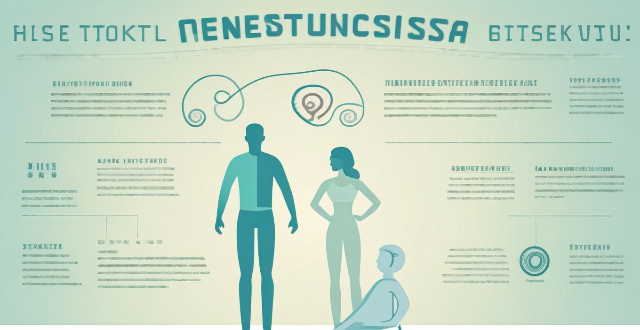
Is there a link between physical fitness and cognitive function ?
The text discusses the potential link between physical fitness and cognitive function, citing research that suggests a correlation. It defines physical fitness as the ability to perform aspects of sports or occupations, obtained through proper nutrition, exercise, and rest, and cognitive function as mental processes involving perceiving, remembering, reasoning, problem-solving, understanding, judging, and learning. The text mentions studies that suggest enhanced physical fitness can improve cognitive function in older people without known cognitive impairment and that physical fitness could be a better predictor of cognitive performance than physical activity. It also discusses potential mechanisms behind the relationship, including increased blood flow to the brain and the release of chemicals that promote cell growth, improvement, and survival. Finally, it notes the potential implications of this research for individual and societal health.
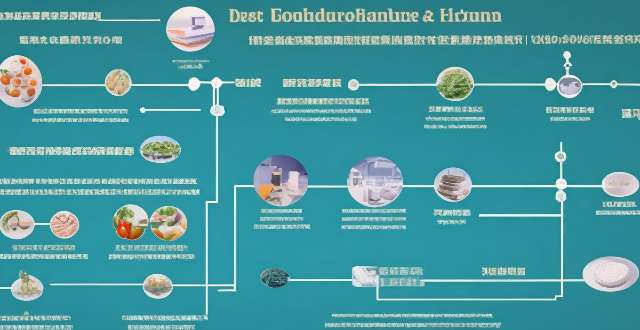
What is HACCP (Hazard Analysis and Critical Control Points) and why is it important for food safety ?
HACCP(危害分析和关键控制点)是确保食品安全的重要工具,通过识别、评估和控制食品安全危害的系统方法来预防潜在风险。该系统侧重于预防而非依赖最终产品测试,包括识别生物、化学和物理危害,确定并实施关键控制点(CCPs),以及进行监测和验证以确保CCPs有效执行。同时,记录保持和持续改进也是HACCP系统的关键组成部分,有助于食品行业减少食源性疾病暴发的风险,保护公众健康。
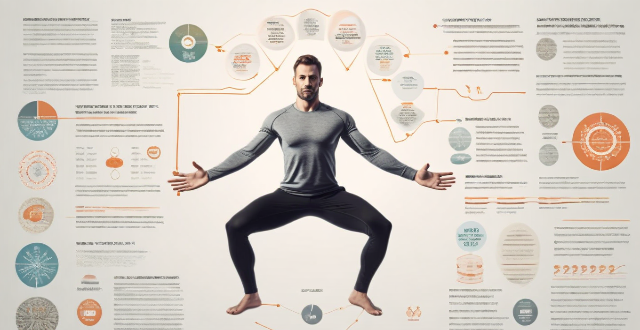
Are there any particular mental exercises that can make me more creative ?
Creativity can be enhanced through various mental exercises such as brainstorming, incubation, analogical reasoning, constraints, reverse thinking, cross-disciplinary learning, physical activity, and mindfulness meditation. These techniques help generate new ideas, foster inventive solutions, and improve cognitive function. By practicing these exercises regularly, one can develop creativity and innovation skills, leading to a more imaginative and productive mindset.
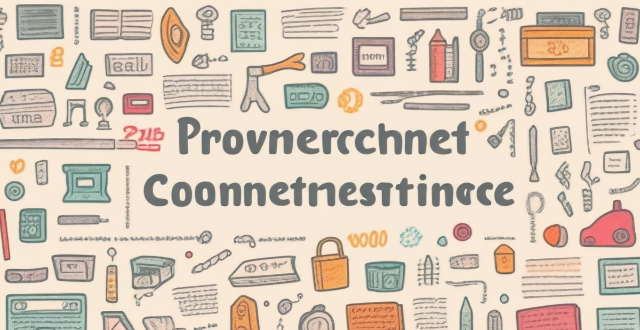
How do I write persuasively and convincingly ?
The provided text offers a comprehensive guide on how to write persuasively and convincingly. It emphasizes the significance of understanding one's audience, conducting thorough research, organizing thoughts clearly, developing a compelling narrative, using persuasive language techniques, addressing potential objections, editing and revising work, and practicing active reading strategies. The tips are designed to help writers craft effective arguments, engage their readers emotionally and rationally, and enhance their overall writing skills.

What role does mental preparation play in improving running performance ?
Mental preparation is key to improving running performance. It involves setting clear goals, using visualization techniques, practicing mindfulness exercises, and employing self-talk strategies. By training the mind to focus on the task at hand, manage stress, and maintain motivation, runners can enhance their physical performance and achieve their running goals.
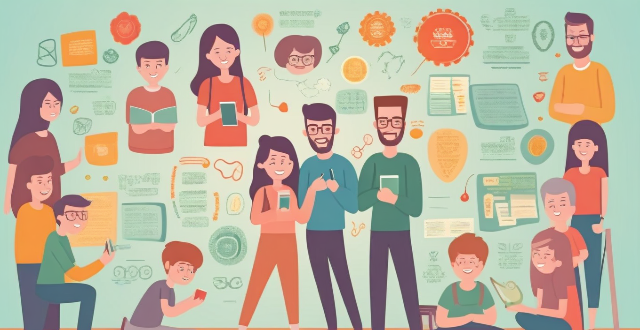
What are some common challenges that arise in parent-teacher collaboration, and how can they be overcome ?
Common challenges in parent-teacher collaboration include lack of communication, time constraints, cultural differences, resistance to change, unclear roles and responsibilities, conflicting priorities, lack of trust, inconsistent messages, limited access to information, and emotional barriers. To overcome these challenges, strategies such as improving communication, addressing time constraints, bridging cultural differences, embracing change, clarifying roles and responsibilities, building trust, facilitating access to information, and addressing emotional barriers can be implemented. By employing these strategies, parents and teachers can work together more effectively to support student success while overcoming common challenges in their collaboration.